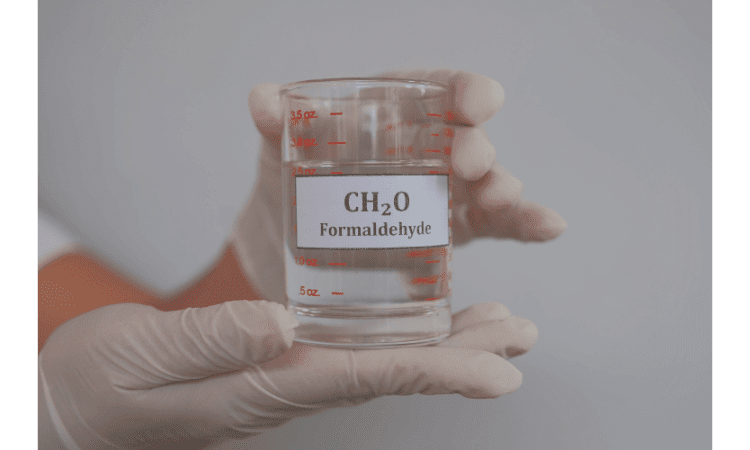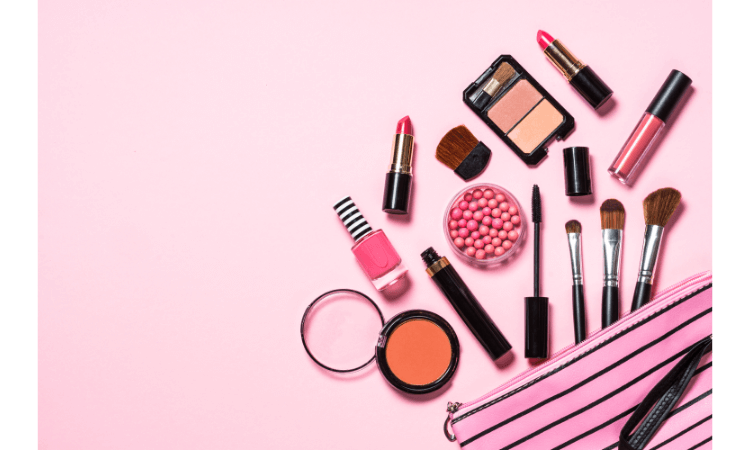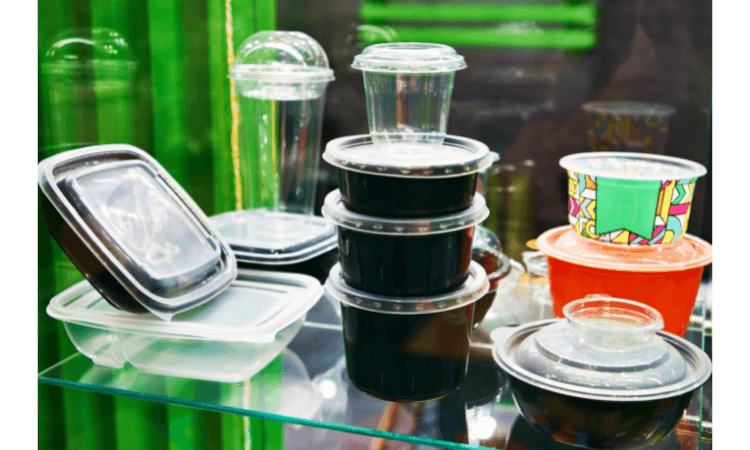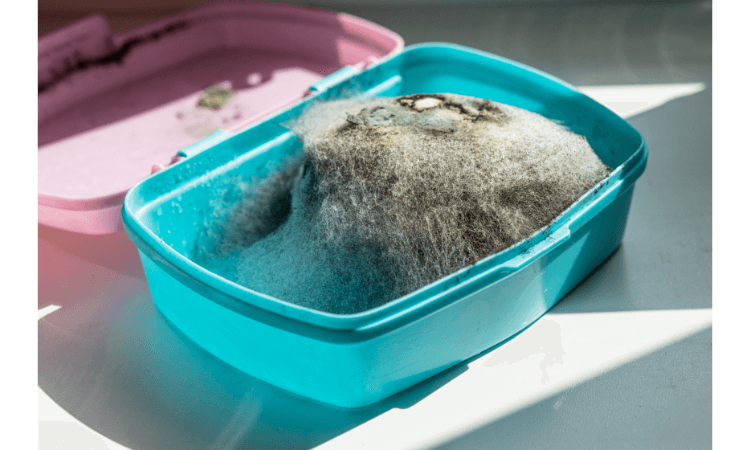
7 Unhealthy Items Your Home Should Never Contain, What Are They? Why Should They Be Removed? How To Discard?: a blog explaining the seven most unhealthy household products and how to get rid of them.
We all know that there are unhealthy items in our homes, we just simply don’t want to do something about it. The way to reduce your exposure to those unhealthy objects is to remove them from your home as much as possible. More importantly, you’ll be healthier for doing so. It has been scientifically proven again and again that exposure to these things is a leading cause of health problems and illnesses ranging from asthma to cancer, to liver disease.
Synthetic Fragrance.

You might not think of it as a health hazard, but the synthetic fragrance is an ingredient in many cleaning products and personal care items. It’s also found in candles, air fresheners, laundry detergents, dish soap, and fabric softeners. These products often have phthalates (pronounced “tha-lates”), which are endocrine-disrupting chemicals that have been linked to birth defects, reproductive problems, and other adverse health effects, which also can cause skin irritation and endocrine disruption; formaldehyde releasers like limonene and linalool, which can cause allergic reactions; and parabens, which have been linked to breast cancer.
The best way to avoid phthalates is by buying products that are labeled “phthalate-free” or “no phthalates.” If you can’t find those labels on your favorite products, look for words like “fragrance” or “parfum” on the ingredients list. Those terms usually refer to synthetic fragrances, which may contain phthalates.
If you’re concerned about using natural scents in your house — like essential oils — consider using them sparingly so as not to overwhelm your senses with too much fragrance at once.
Pesticides.

Pesticide exposure can lead to a variety of health problems, including neurological disorders. The CDC reports that more than one million children are at risk of exposure to toxic pesticides every day, and they can be found in many common household products and foods.
The EPA estimates that Americans use about 7 billion pounds of pesticides each year — in their homes, yards, and gardens.
“Most people don’t know that there are chemicals in their homes that are not safe,” says Dr. Rachel Vreeman, an associate professor of pediatrics at Indiana University School of Medicine who specializes in children’s environmental health issues. “If you have kids or pets in your house, you want to keep these things out.”
Pesticides include insecticides, fungicides, and herbicides. These chemicals are designed to kill living organisms. They can be poisonous to humans and animals if ingested or absorbed through the skin — even in small doses. If you’ve used pesticides in your garden or yard, wait at least seven days before bringing them into your house so they will have time to dissipate. After that, keep the containers tightly sealed and out of reach of children and pets.
Unfiltered Water.

Unfiltered water is a breeding ground for bacteria, viruses, and other harmful microorganisms. The best way to purify water is by boiling it for at least 10 minutes or by using a water filter that can remove harmful impurities like lead and mercury.
It’s a fact that many of us don’t drink enough water. But if you’re not filtering your water, you’re not getting the most out of it.
“Unfiltered water can have contaminants,” says Dr. Michael Miller, a board-certified family physician at The Family Wellness Center in Denver, Colorado. “These include bacteria, viruses, and parasites that may be harmful to people with weakened immune systems or those with chronic conditions like diabetes.”
He adds that unfiltered water can also contain chemicals such as arsenic, lead and mercury which can be harmful to our health over time.
“It’s important for children to be drinking filtered water as well,” says Dr. Miller. “Children are much more susceptible than adults to illnesses from contaminated water.”
Furniture Emitting Formaldehyde.

Formaldehyde is a common ingredient in household products, including furniture. The chemical can be found in pressed-wood furniture, like particleboard and medium density fiberboard (MDF). The problem with formaldehyde is that it’s a known carcinogen. And the U.S. Environmental Protection Agency (EPA) has determined that breathing in small amounts of formaldehyde fumes can cause watery eyes, runny nose and throat irritation. In addition, long-term exposure to low levels of formaldehyde may cause lung cancer.
Another way to avoid exposure to formaldehyde is to use products made with natural materials, such as cotton fabric instead of polyester and wool carpet instead of synthetic fibers.
Many outdoor wooden decks, playground equipment, and picnic tables contain chromated copper arsenate (CCA). CCA contains arsenic, which is toxic and can cause cancer. In addition to the risk of direct exposure from touching or eating food on these surfaces, there is an indirect risk: children playing on these surfaces can bring them into their homes on their shoes, clothing, or hands.
Cosmetics And Beauty Products Having Phthalates.

Phthalates are chemicals used to soften plastics. They can be found in a huge range of products, including cosmetics and beauty products, toys, and even food packaging. The problem with phthalates is that when inhaled or absorbed through the skin, they can disrupt your endocrine system — the collection of glands that produce hormones.
Phthalates are linked to asthma in children and have been associated with lower sperm counts in men. Studies also suggest that women with high levels of phthalates in their bodies may be more likely to have trouble getting pregnant or miscarrying.
What Should You Do?
If you’re concerned about phthalates in your house, there’s good news: it’s easy to avoid them!
Make sure all cosmetics and beauty products are labeled as “phthalate-free” (and avoid any that contain “fragrance”).
Don’t use plastic containers for storing food — opt for glass instead.
Don’t microwave food in plastic containers or wrap it in plastic wrap.
Plastic Food And Beverage Containers.

Plastic food and beverage containers, including water bottles, are another item that should be avoided. This is one of the most common sources of BPA in the house. When heated or used for a long period of time, these plastics will leach chemicals into your food or drink.
If you’re concerned about this risk, choose BPA-free plastic containers instead — they’ll be labeled as such.
BPA is also present in many canned foods, especially those with a “baked” appearance (e.g., sardines). The lining of the can may contain BPA, and when heated it may seep into your food. If you purchase canned foods regularly, consider switching to glass jars instead (such as peanut butter or jam).
Cleaning Products Containing Triclosan Or Triclocarban.

These chemicals are used as antibacterial agents in a lot of cleaning products you might find on store shelves. They’re so common that they’re even found in many kinds of toothpaste! The problem with these chemicals is that they can disrupt hormones and may cause cancer. Unhealthy cleaning products containing triclosan or triclocarban. These chemicals can mess with your endocrine system, which regulates hormones like estrogen and testosterone.
The FDA has approved triclosan for use in certain antibacterial products, but it’s still under review for use in soap. In 2016, the FDA asked soap manufacturers to voluntarily stop using triclosan by 2019 because there isn’t enough evidence that it works better than plain soap and water at reducing the spread of germs.
To put it simply: Don’t buy anything with triclosan or triclocarban in it, especially if you have young children or pets who might ingest it.
They also don’t do anything to help kill germs anyway, so it’s best to skip them altogether.
Also Read: 7 Plastic Recycling Numbers Meaning
Moldy Food.

Moldy food is not only disgusting, it can also be harmful. The mold that grows on food can produce toxins that are harmful to your health. If you see mold anywhere in your house, throw it out immediately and wash the area with bleach water (1 teaspoon of bleach to 1 gallon of water).
Moldy food is a huge health hazard, and it’s important to get rid of it immediately. In addition to being unsightly, mold can cause illness, allergic reactions, and even death for your family members. If you have any doubt about the safety of a food item, throw it out. If you store it in the refrigerator and it dries out, the mold will spread throughout the refrigerator and make other foods unsafe to eat.
Also Read: How to neutralize bathroom odours
Wrapping Up
There are unhealthy items that we should never have in our homes, no matter how convenient they are. If you come across any of these things in your home, make it a mission to get rid of them by stashing them away or donating them.
Your health is more important than your convenience and anything unhealthy should be avoided at all costs.











